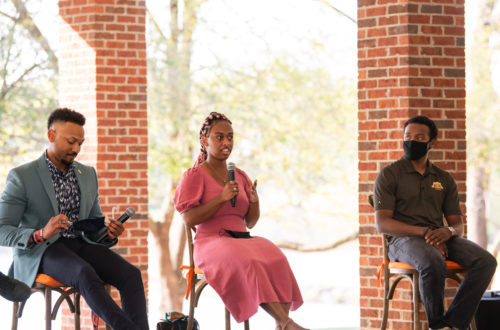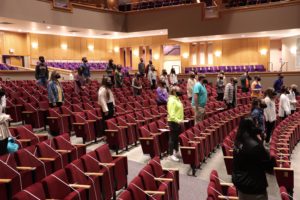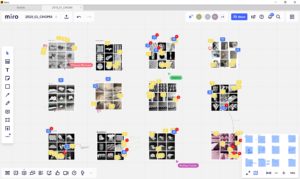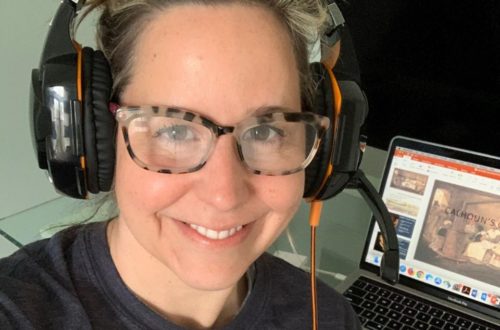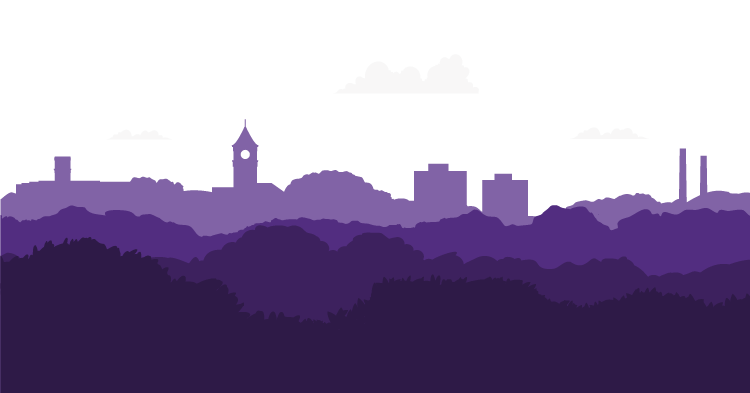Higher Education’s Roots
Dear Faculty, Staff, Alumni and Friends,
October 1, we will be welcoming James Burns as the new Director of the Humanities Hub, so I wanted to use my column this month to reflect on the Humanities at Clemson, and more broadly.
We all know about the pressures and priorities in our society today; the cost of a college education and the pressure to get that first job and make sure the salary makes that investment in education justifiable. Even though the cost of education has skyrocketed in recent decades, the pressures are not all that new. If you read a lot of 19th-century novels, you will see that young men (back then it was only young men) were under intense pressure from their fathers to do something “practical” with their lives. The usefulness of the arts and humanities was questioned then, just as it is today.

But something convinced the early leaders of this university to chisel the names of some core disciplines into the façade of Sikes Hall. Six of them in all: Religion, History, Art, Industry, Science and Languages. Four of those six disciplines are embedded in our College. The Humanities don’t just prepare you for one job or one career path, but for life and for leadership in any number of fields. They give you the tools and the perspective you will need to excel in anything you choose to do. It is never a mistake to major in History, or English, or Philosophy, or Languages. These fields give you an understanding of people, how they think, what they feel and why, how to read, how to read between the lines, and how to communicate successfully.
The failure to communicate what the Humanities are is not just a Clemson problem, but a national one. What makes it difficult is that it is hard to show an image that adequately portrays a Humanities education. It’s because, as opposed to many other areas of inquiry, what the Humanities deliver is hard to quantify. But just because something doesn’t translate easily to a spreadsheet does not mean it isn’t there.
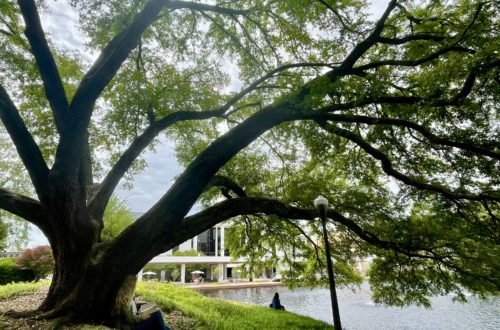 So, how about this image of a tree on our beautiful campus? The tree is a central symbol in our culture: there in the very earliest texts we study, representing knowledge as well as refuge, safety and something lasting.
So, how about this image of a tree on our beautiful campus? The tree is a central symbol in our culture: there in the very earliest texts we study, representing knowledge as well as refuge, safety and something lasting.
Perhaps a tree is a good metaphor. Its roots are deep, like much of what we teach that connects us with our deepest past. The tree cannot thrive without its roots, and yet you can’t see them. Like roots, the Humanities provide nourishment for a life worth living.
Its branches spread wide in all directions, like our disciplines which span time, place, and yet are all connected to the trunk, the student.
We live in an extremely hectic and noisy world that demands our constant and shifting attention. Social media have certainly not helped to calm and slow things down. How precious then is the possibility of simply sitting under a tree and quietly taking time to digest what has been learned and think about things. Some of the most important advances in human history have happened in moments of quiet contemplation. Let’s strive to preserve places, like our College, where those moments are treasured.
“Go Tigers!”
Nicholas Vazsonyi, Dean
College of Architecture, Arts and Humanities
Follow Dean Nicholas Vazsonyi!

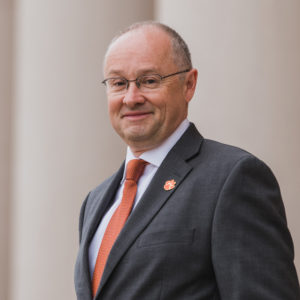
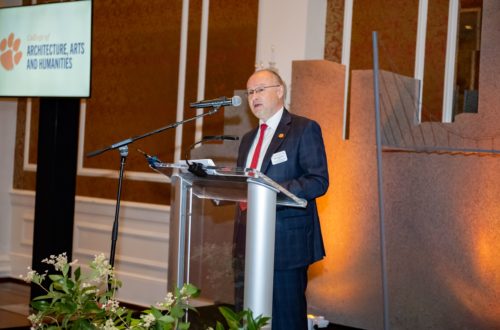


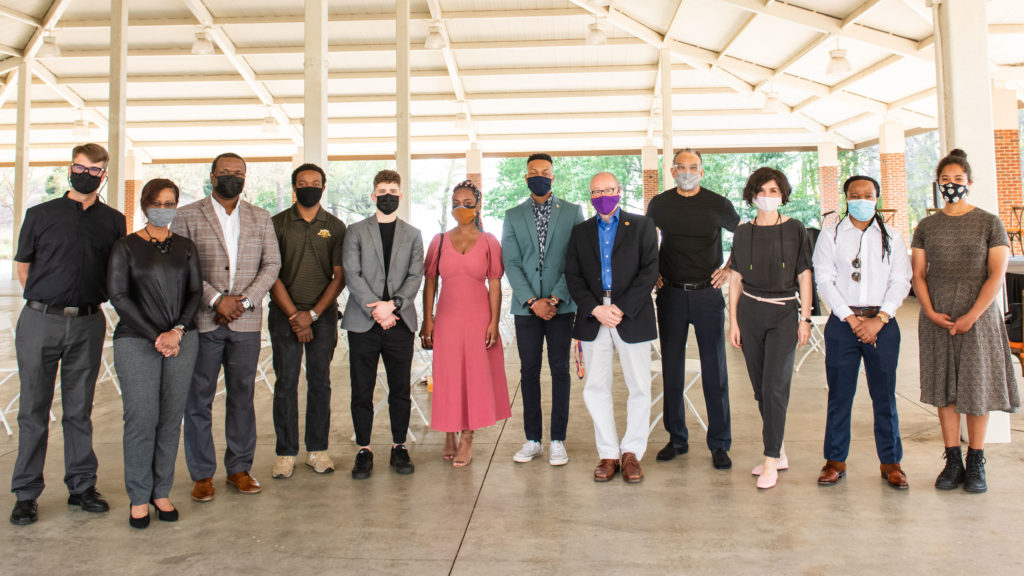 College initiates Conversations on Race and Reconciliation
College initiates Conversations on Race and Reconciliation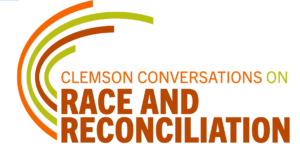 The impulse that led me to the basic idea of the conversations series is that I have been increasingly dismayed not only at the growing divide and the accompanying tensions we see in this country, everywhere we look, but at the absence of any dialogue that might resolve anything. We seem to have lost the art of constructive talking and listening, where people with differing points of view actually sit together and communicate with each other. Being respectful and not judgmental. Admittedly, Clemson is only one very small corner of this country, but my hope for the Clemson Conversations initiative is that we can find our way to listening, hearing, understanding, and, yes, work toward reconciliation. How can we possibly move forward together and solve the many problems we face without it?
The impulse that led me to the basic idea of the conversations series is that I have been increasingly dismayed not only at the growing divide and the accompanying tensions we see in this country, everywhere we look, but at the absence of any dialogue that might resolve anything. We seem to have lost the art of constructive talking and listening, where people with differing points of view actually sit together and communicate with each other. Being respectful and not judgmental. Admittedly, Clemson is only one very small corner of this country, but my hope for the Clemson Conversations initiative is that we can find our way to listening, hearing, understanding, and, yes, work toward reconciliation. How can we possibly move forward together and solve the many problems we face without it?